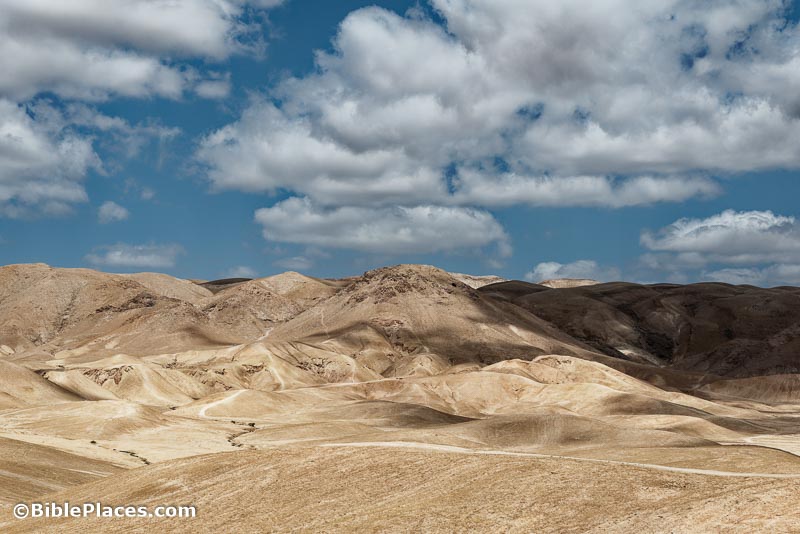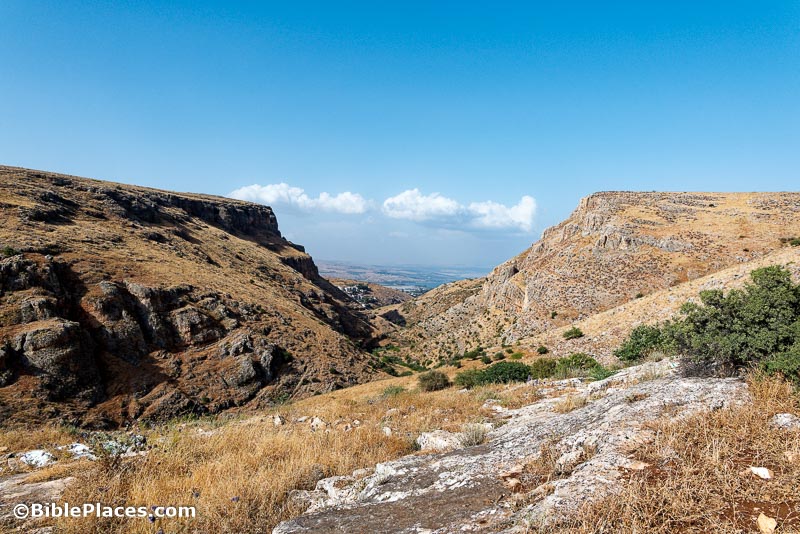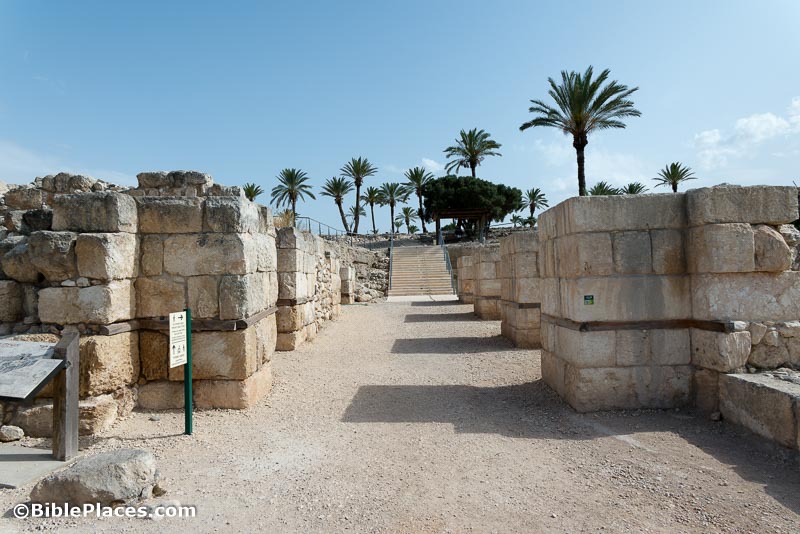“A woman walking along the Palmahim Beach discovered an over 3,000-year-old figurine of the Egyptian goddess Hathor floating in the water.”
A group of first-graders discovered an Egyptian scarab on a field trip to Azekah.
The first-ever excavations of the Hasmonean fortress at Hyrcania recently began.
Abigail Leavitt is reporting on her experiences in the excavations of Tel Shiloh, most recently with Week 3. Tim Lopez gives his perspective in Spanish.
“Thousands who were illegally holding antiquities in their homes returned the items during a two-week campaign this month, the Israel Antiquities Authority and Ministry of Heritage reported.” One of the more impressive artifacts returned is a small anchor from the Roman period.
Writing for Christianity Today, Gordon Govier explains how archaeological discoveries have strengthened the case for the historicity of David.
Chandler Collins reflects on Nadav Na’aman’s recent proposal to place the earliest city of Jerusalem on what is today’s Temple Mount.
The “Road of the Patriarchs” is the subject of a new TBN documentary.
Bryan Windle is on Digging for Truth discussing Hoshea, the last king of the northern kingdom of Israel.
Zoom lecture on June 29: “The Jewish Character of Jerusalem in the Early Roman (Second Temple) Period as Attested by Archaeological Records,” by Ronny Reich.
Chandler Collins is inviting participation in his online “Biblical Jerusalem and Its Exploration” course this fall as well as his Jerusalem study tour offered in March by the Biblical Archaeological Society in collaboration with Jerusalem University College.
Other JUC courses offered online this fall include:
- Archaeology of Religions in the Bible, by Chris McKinny and Kyle Keimer
- Cultural Backgrounds of the Bible, by Oliver Hersey
- The Life and Times of Paul, by Chris Vlachos
James Riley Strange reflects on the life of Dennis E. Groh, who died in April.
HT: Agade, Explorator, BibleX
A view of Hyrcania taken a few weeks ago, from the east


